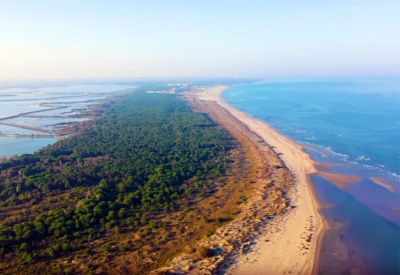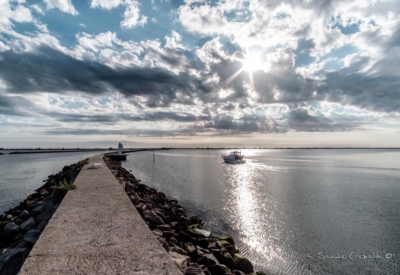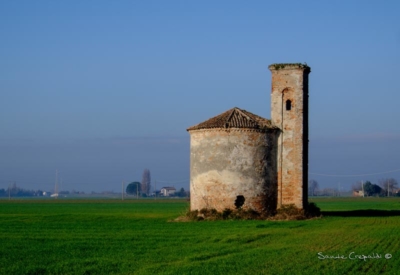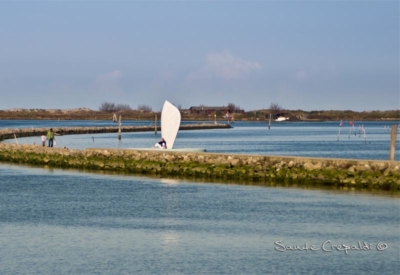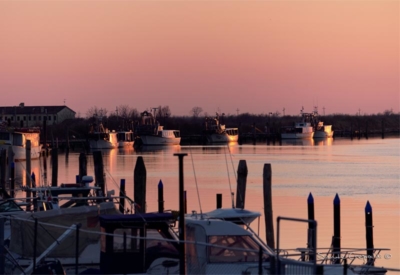PORTO VIRO
Porto Viro owes its name to the place where the river was channelled. It was a small settlement on the Adriatic Sea, to the east of the dune barriers, at the mouth of the Gaurus, one of the many canal-ditches that intertwined in the area. Here was the VII Maria ‘mansio’ (possibly near Malpiera), one of the many stops on the road to Altino. During the Middle Ages, the area continued to depend on the county of the bishop of Adria, under the name of Ostium Carbonaire, lying between the Tartaro and the Padus, which then flowed into the sea much further south with the two branches of Primaro and Volano.
In the 12th century, the area came under the rule of the Venetian Republic. This gave rise to the communities of Donada and Contarina,two villages that developed around the properties of the Venetian nobles Donà and Contarini, who together with the Cappello, Pisano, Pesaro families and others had been granted these territories after the fall of the Byzantine Empire and had overseen their reclamation and the building of their manor houses. After the Treaty of Campoformido (1779) and the Congress of Vienna (1815), Donada and Contarina suffered the same fate as Venice and became part of the Austrian Empire.
In 1928 Donada and Contarina were unified into a single municipality by the famous Admiral L. Arcangeli, who wanted to create a large town in the heart of the Delta. . It was first called Taglio di Porto Viro, then just Porto Viro. The union lasted until 1936 when the two municipalities were divided again, until they finally merged on 1st January 1995. Since 12th November 2001 Porto Viro has been a city by decree of the then President of the Italian Republic, Ciampi.
Worth Visiting
Church of Santa Maria Madre della Chiesa – locality. Scalon (patron saint of Porto Viro)
Church of San Bartolomeo apostle – locality Contarina
Church of the Visitation of Mary – Donada locality
Church of San Pio X – Taglio di Donada
Sala Eracle, the most important theater in the city, a place for meetings, conferences and cultural performances
Villa Contarini-Carrer, the oldest palace in Porto Viro, built in the 17th century by the noble Contarini family
Museum of the Court of Ca’ Cappello
Bee Museum
Don’t Miss
Po Delta Regional Natural Park
STRADA DELLE VALLI a road through the fishing valleys with equipped rest areas
STRADA ARGINALE PO DI VENEZIA a cycle path along the bank of the Po River


